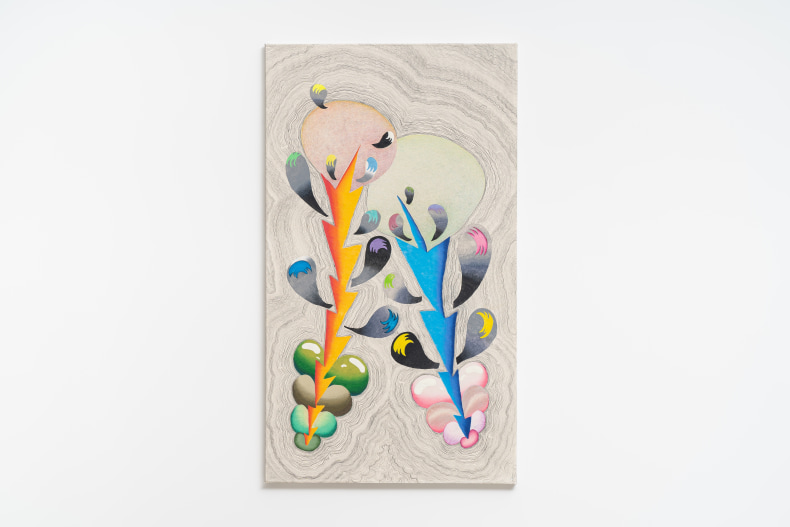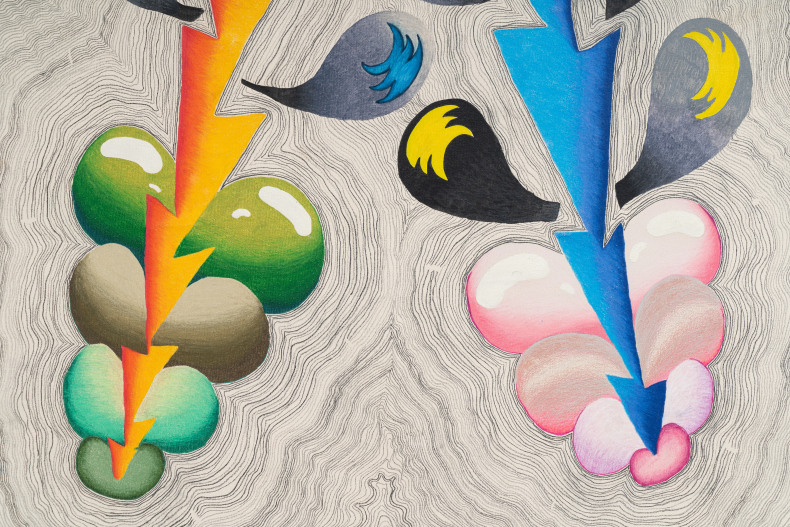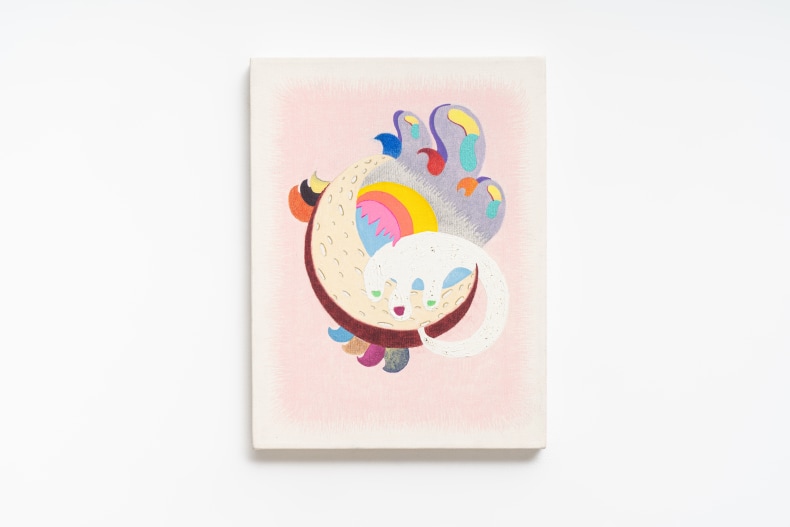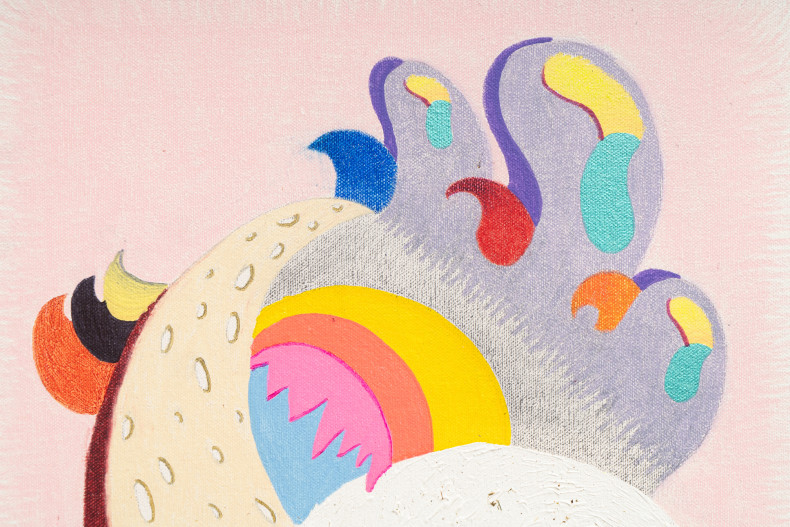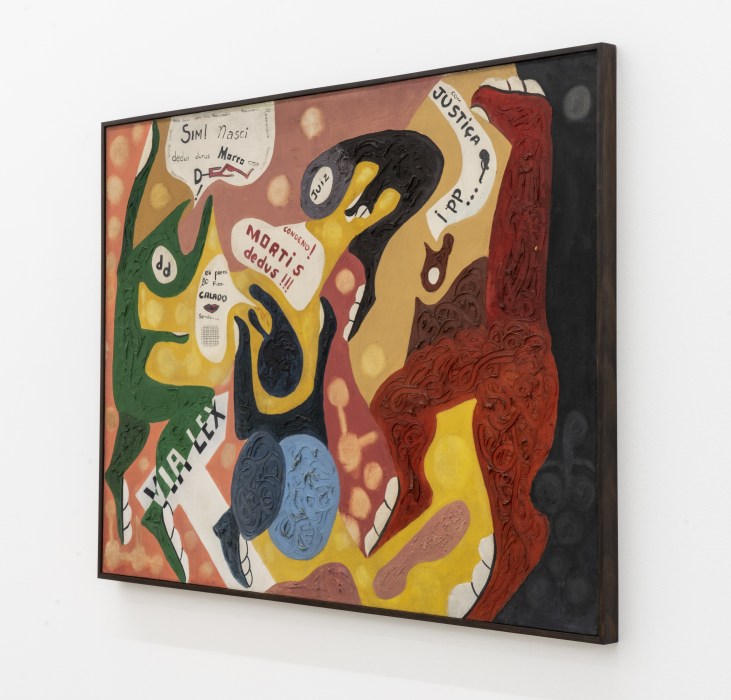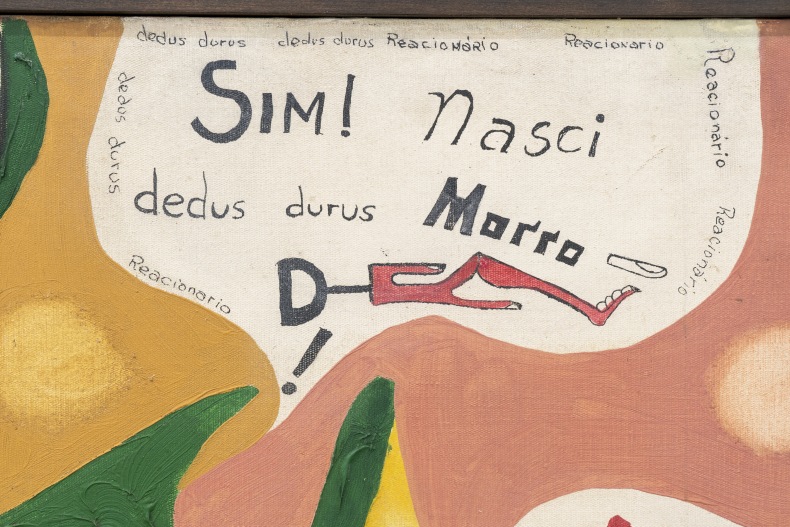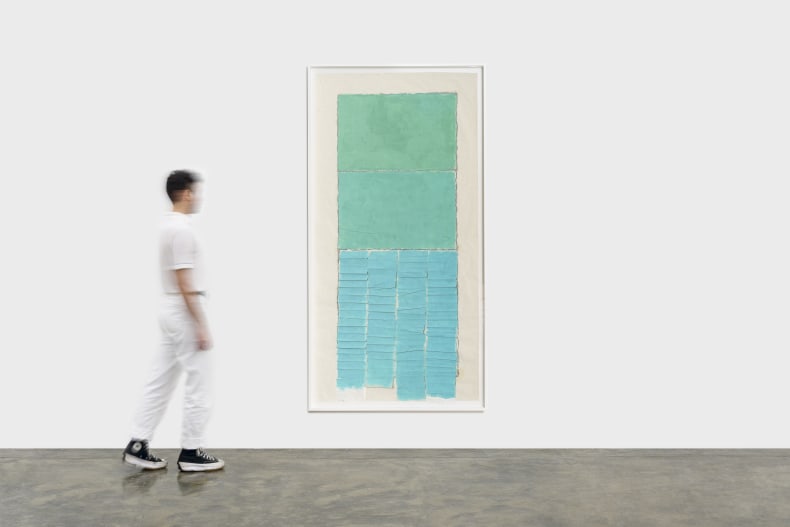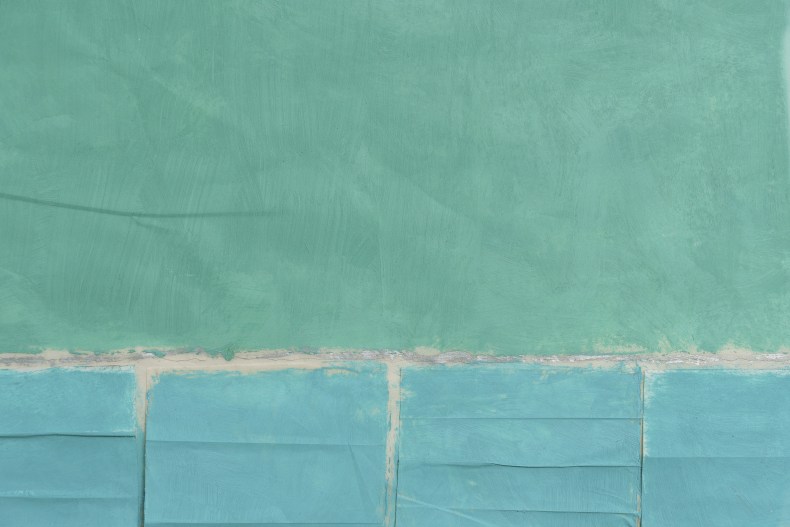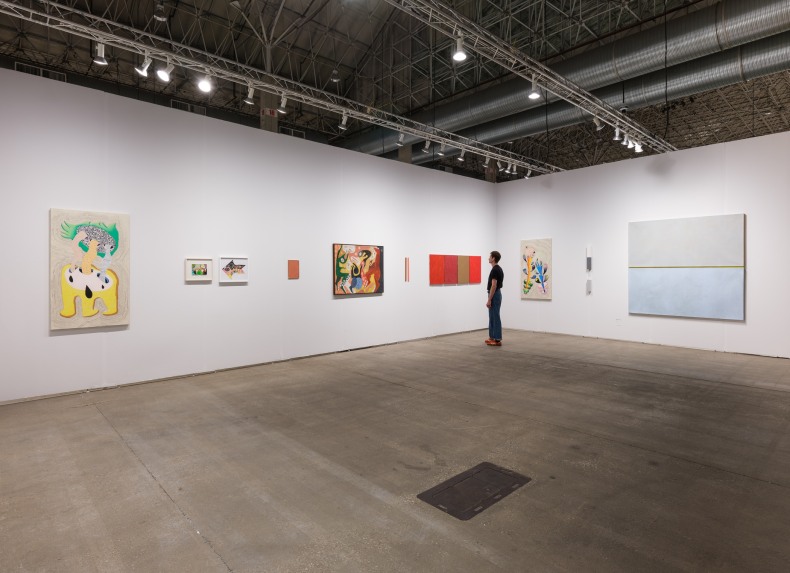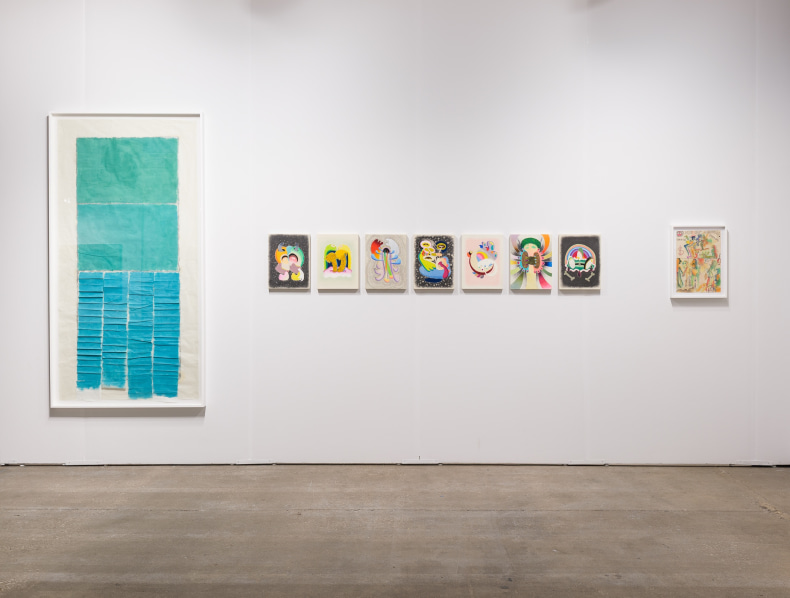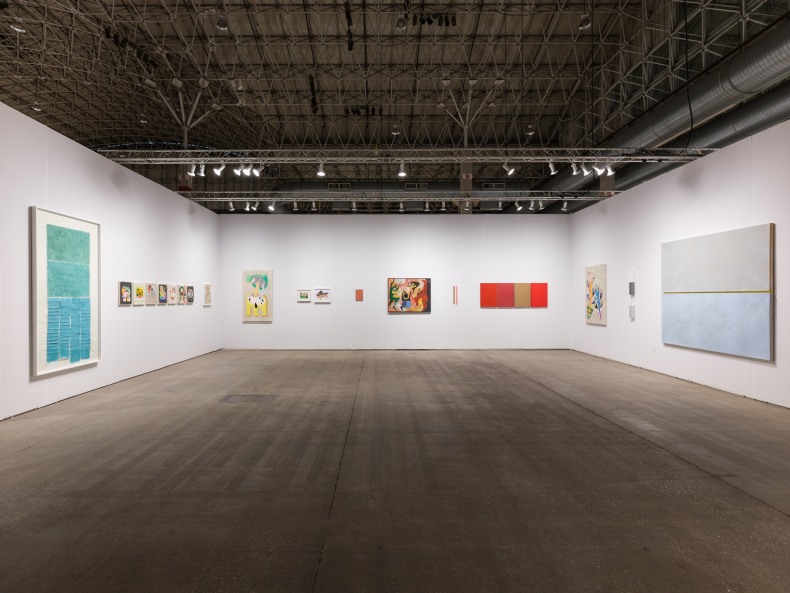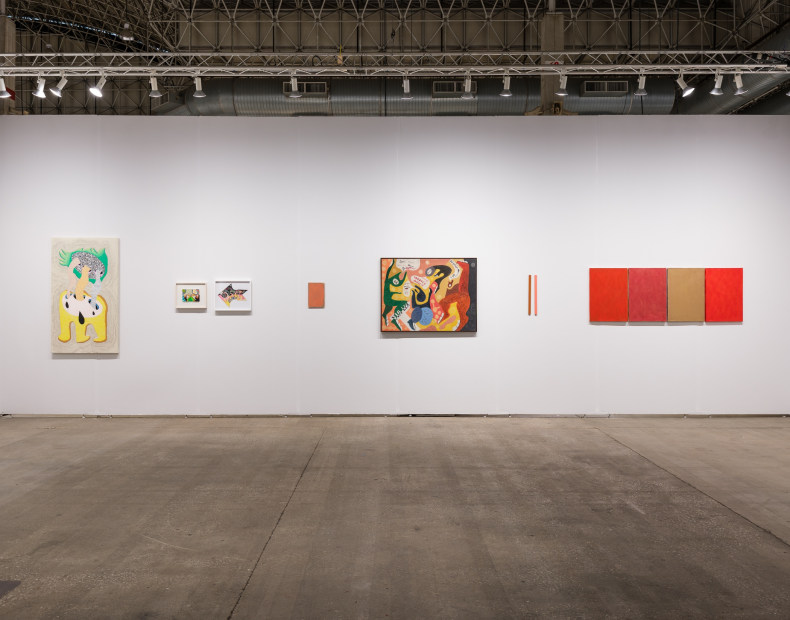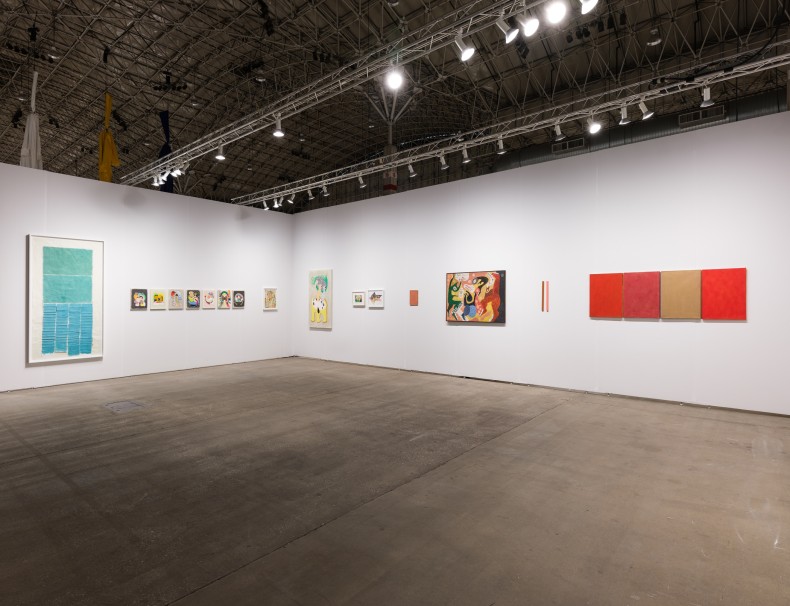Nara Roesler is pleased to present, at Expo Chicago 2025, a dialogue between the works of artists Sérgio Sister (b. 1948, São Paulo, Brazil) and Thiago Barbalho (b. 1984, Natal, Brazil), bringing together two generations in a conversation that spans diverse temporalities.
Although Sérgio Sister is widely recognized as one of the key figures in Brazilian abstraction—known for his persistent use of monochromatic, modulated surfaces and threedimensional paintings—his early artistic trajectory was deeply rooted in political activism. At the start of his career, Sister produced politically charged works informed by Pop Art, using colorful, organic, and comic-like figuration as a means to convey resistance. Some of these seminal pieces were created under duress, during his imprisonment and torture under Brazil’s military dictatorship in the early 1970s.
Thiago Barbalho stands out among the younger generation of Brazilian artists for his intricate, psychedelic compositions. While his work is informed by all-over and abstract-organic visual languages and does not follow strict narrative structures, his vividly colored compositions and intertwined, iconic forms resonate strongly with Sister’s early production. The presentation also includes a selection of Sister’s more recent works, underscoring how—beyond the binary of figuration and abstraction, and moving past overtly messagedriven art—he continues to explore a system of chromatic surfaces that was already present, albeit mediated by narrative, in his early practice.
Working across various dimensions and materials— including colored pencils, graphite, spray paint, oil, oil pastel, and marker on paper—Thiago Barbalho creates intricate visual universes where forms, references, and colors intertwine in layered, psychedelic compositions. He approaches drawing as an ancestral technology that transcends time and culture. His visual research explores it as both a trace of presence and a bridge between mind and body—between imagination and gesture, consciousness and reality.
Like Barbalho, Sister’s early works were notably influenced by Pop Art. However, in his case, the use of imagery drawn from popular culture served a politically engaged discourse, reflective of the broader context of Brazilian art at the time. As Sister explains: “We embraced Pop Art because it seemed like a modern version of art, aligned with our revolutionary ideals. It was aggressive, ironic, good-humored, and it offered an arsenal of icons that could fuel our discourse.”
Today, Sérgio Sister’s work bridges painting and sculpture, as exemplified by his Ripas series, ongoing since the late 1990s, and the Caixas series, initiated in 2009. In these sculptural works, Sérgio elevates color field painting into three-dimensional space, recontextualizing the classical notion of the canvas as a window.
